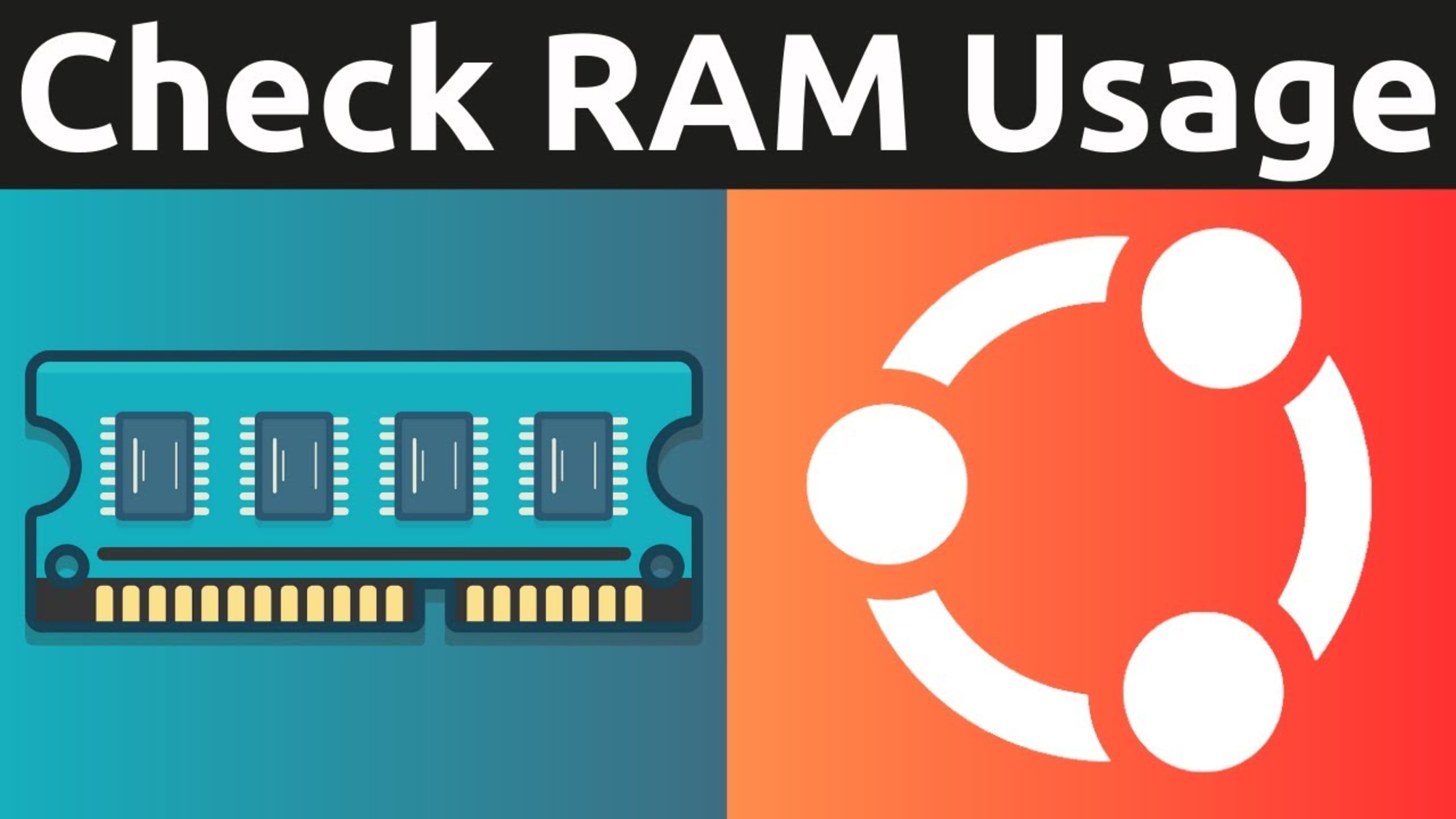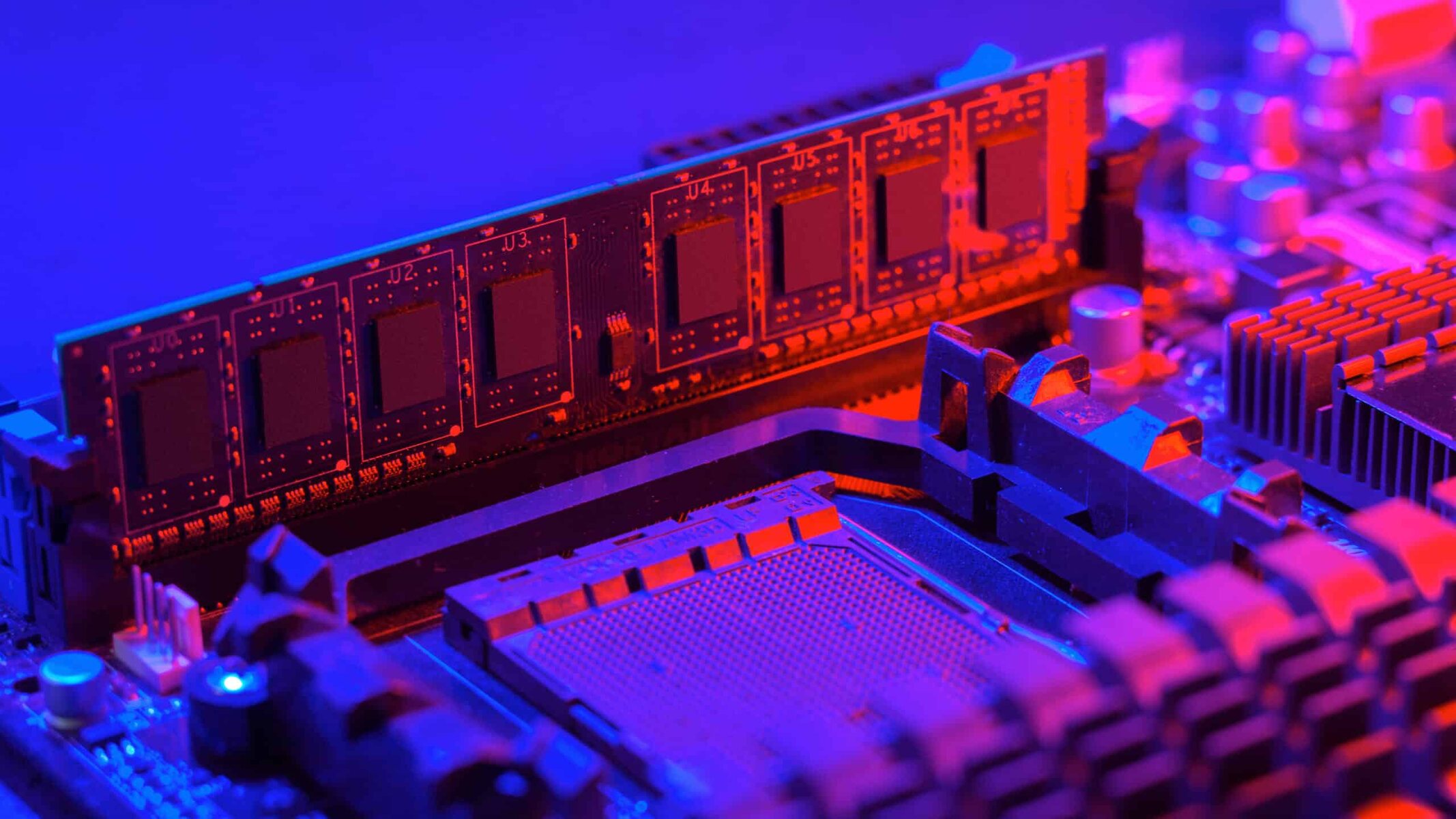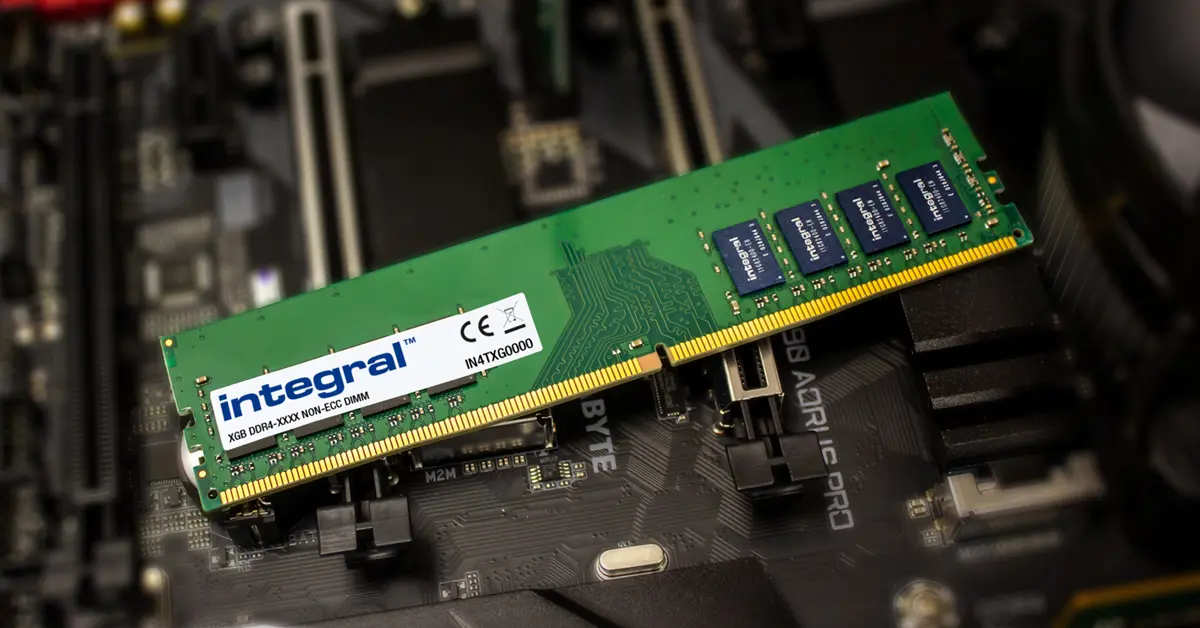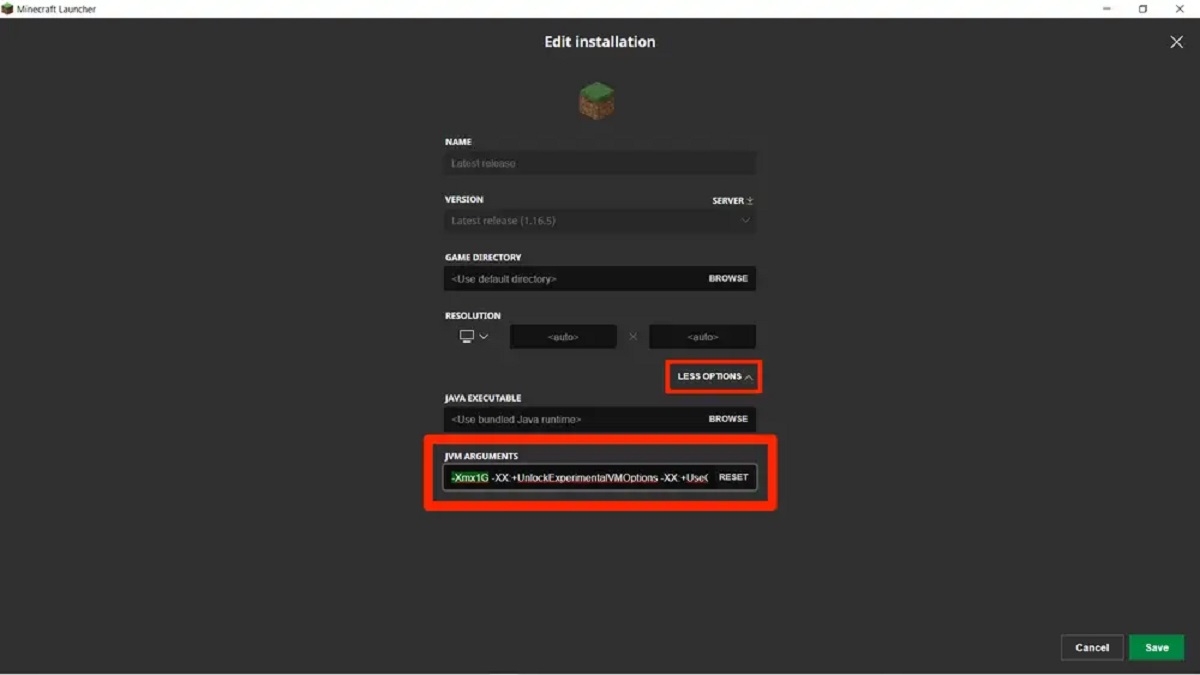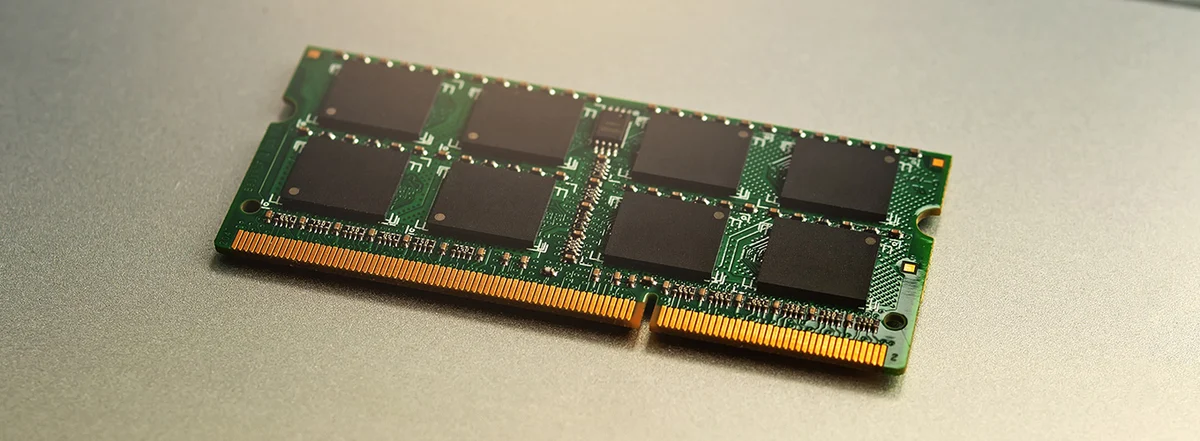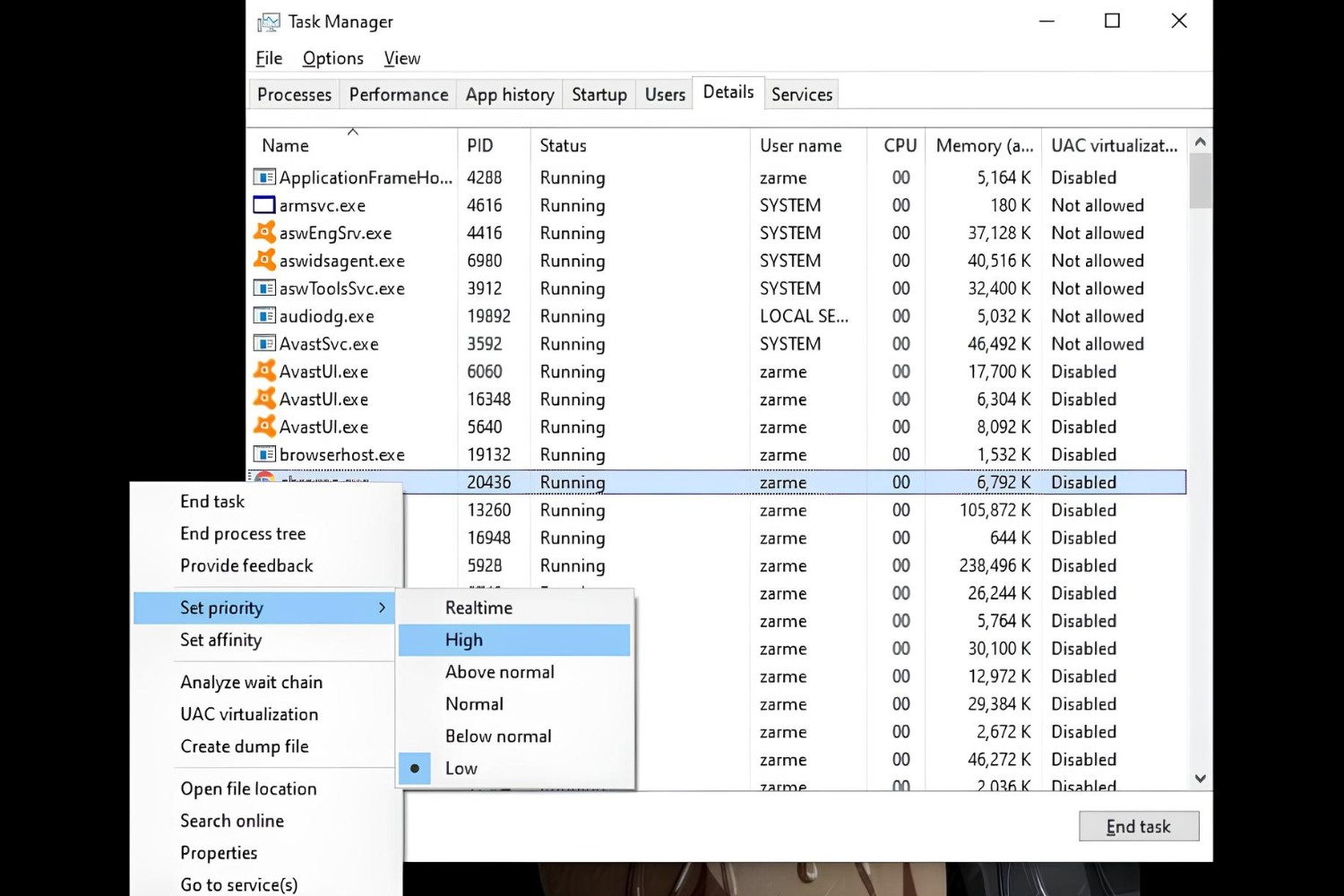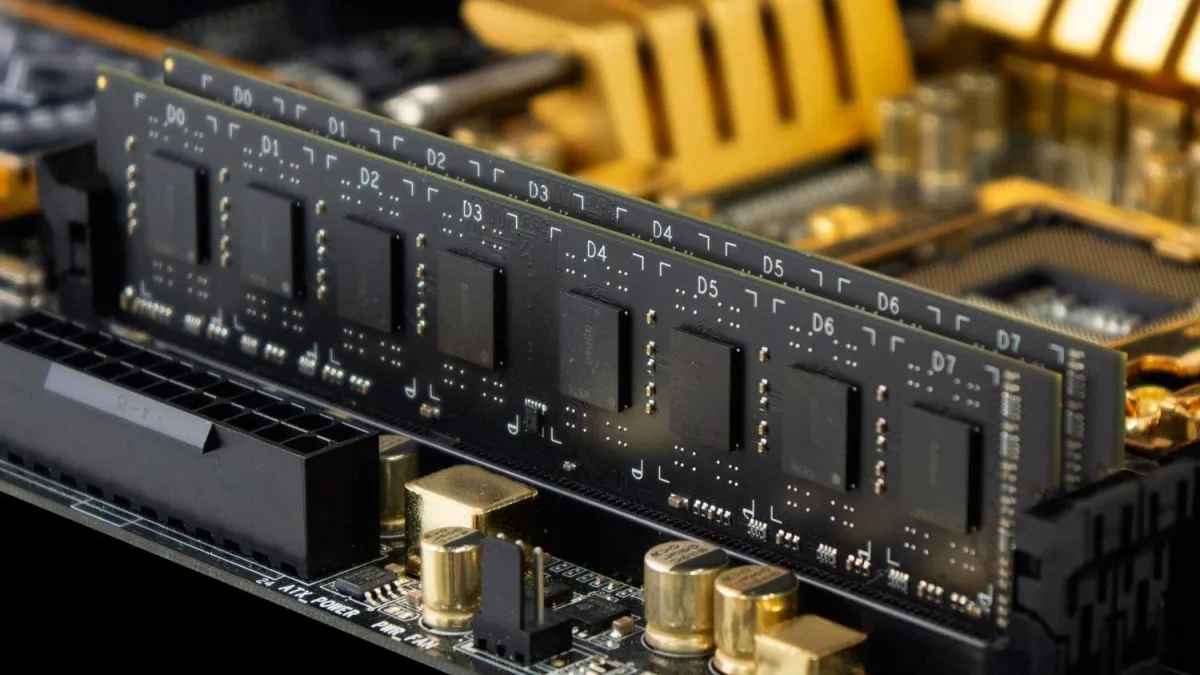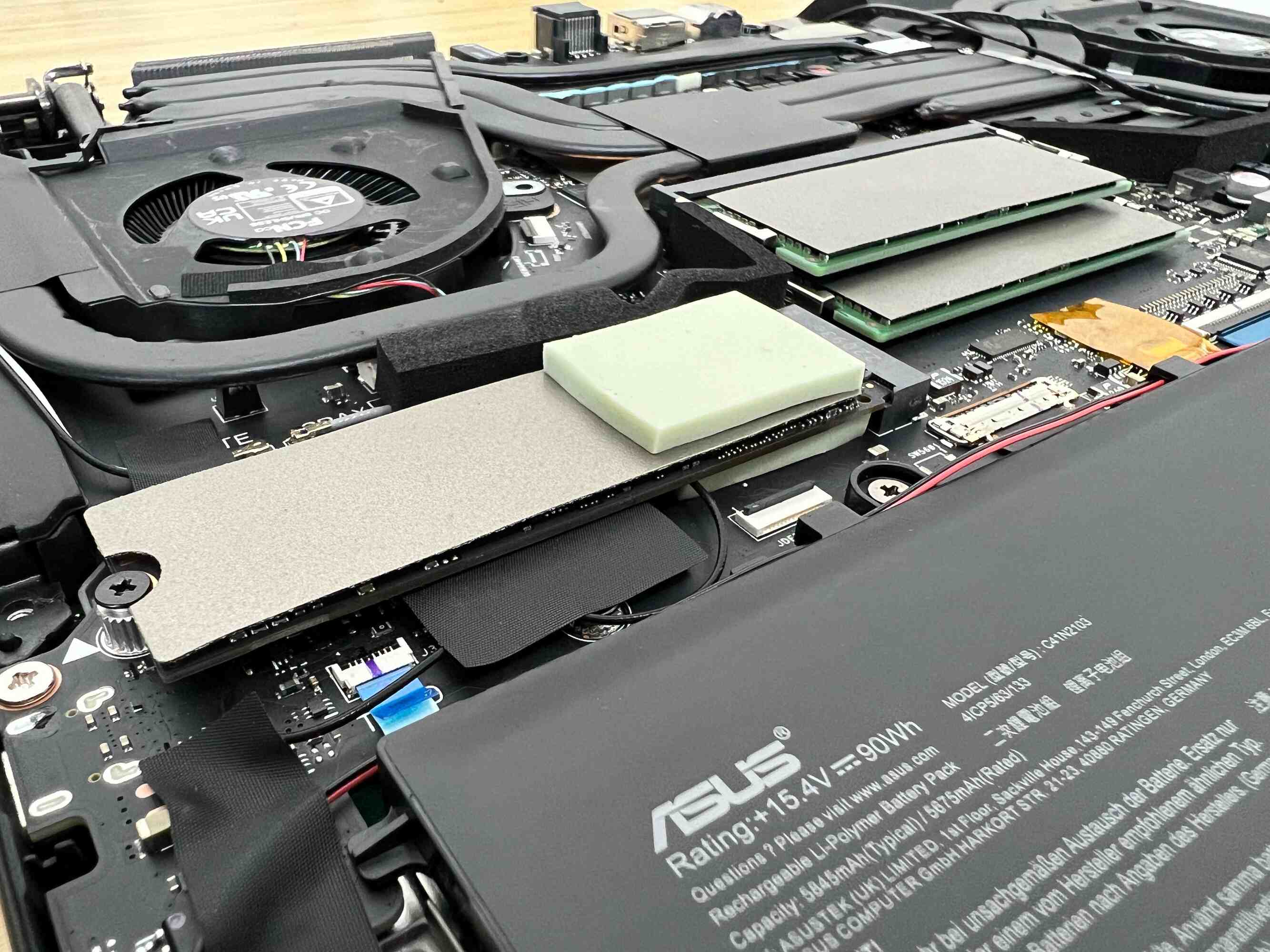Introduction
Welcome to this guide on how to check how much RAM, or random access memory, your Linux system has. RAM is a critical component of any computer system as it is responsible for storing data that is actively being used by the operating system and running applications. Knowing how much RAM your Linux system has can be helpful for various reasons, such as troubleshooting performance issues, determining if an upgrade is necessary, or simply satisfying your curiosity.
Checking the amount of RAM on a Linux system is a straightforward process that can be done using various tools and commands. In this article, we will explore different methods to obtain this information, ranging from simple commands to more advanced tools that provide real-time monitoring and additional details about RAM usage.
By knowing how much RAM your Linux system has, you can better understand its capabilities and limitations. This knowledge can be useful for optimizing system performance, especially when running memory-intensive applications or multiple processes simultaneously. Additionally, it can help make informed decisions regarding system upgrades or identifying if any memory-related issues need to be addressed.
Whether you are a system administrator, a Linux enthusiast, or a curious user, this guide will provide you with the necessary knowledge and tools to check how much RAM your Linux system has. So, without further ado, let’s dive into the various methods available to obtain this information.
Checking Free and Used Memory
Before delving into the details of how to check the total amount of RAM on your Linux system, it is important to understand the concepts of free and used memory. Free memory refers to the amount of available RAM that is not currently being used by the system or any running applications. Used memory, on the other hand, refers to the amount of RAM that is currently being utilized by the system and running processes.
There are several commands that you can use in the Linux terminal to check the free and used memory on your system. One commonly used command is free. When executed, the free command displays information about the total, used, and free memory, as well as the amount of memory allocated for buffers and cache. The output also includes details about swap space, if available.
Another useful command is top. By typing top in the terminal, you can view a dynamic overview of system performance, including the amount of free and used memory. The top command provides a real-time representation of the system’s resource usage and can be sorted based on various criteria, such as CPU usage or memory usage.
If you prefer a more visually appealing and interactive way to monitor RAM usage, you can use the htop command. Similar to top, htop provides real-time information about system resources, including memory usage. The htop interface is more user-friendly and offers additional features, such as easily killable processes and the ability to scroll horizontally to view long command lines.
Alternatively, you can access information about memory usage by navigating to the /proc filesystem. The /proc/meminfo file contains detailed information about system memory, including the total, free, and used memory, as well as other memory-related statistics like buffers, cache, and swap space. You can simply open the /proc/meminfo file in a text editor or use commands like cat or less to view its contents in the terminal.
Understanding the free and used memory on your Linux system is essential for effective system management and performance optimization. By utilizing commands like free, top, htop, and exploring the /proc filesystem, you can gain valuable insights into your system’s RAM utilization.
Checking Total Installed RAM
If you want to know the total amount of RAM installed on your Linux system, there are a few methods you can use to obtain this information.
One simple way is to use the free command with the -h flag to display the memory information in a human-readable format. Running the command free -h in the terminal will provide you with the total amount of installed RAM along with other memory-related statistics.
Another method is through the dmidecode command, which provides detailed information about the hardware of your system. By running the command sudo dmidecode --type 17, you can retrieve the information specifically related to the memory modules installed on your system.
The .dmidecode command generates an extensive output, so you can use tools like grep to extract the relevant information. For instance, running the command sudo dmidecode --type 17 | grep Size will display the size of each memory module installed on your system.
If you prefer a graphical interface, you can use system monitoring tools like htop or system information utilities like gnome-system-monitor or kSysGuard. These tools provide a comprehensive overview of your system’s resources, including the total amount of installed RAM, in a visually appealing manner.
Knowing the total amount of RAM installed on your Linux system is crucial for understanding its capabilities and making informed decisions about upgrades or optimizations. Whether you choose to use the free command, dmidecode, or system monitoring tools, accessing this information will enable you to better manage your system’s resources.
Viewing RAM Information using the “free” Command
The “free” command is a simple yet powerful tool for viewing detailed information about the RAM on your Linux system. By executing this command in the terminal, you can obtain useful insights into the total, used, and free memory in your system.
To check the RAM information using the “free” command, open a terminal window and type “free” followed by the desired options. For example, running the command “free -h” will display the memory information in a more human-readable format, making it easier to interpret.
The output of the “free” command includes several important fields:
- Total: This field indicates the total amount of RAM installed on your system, expressed in kilobytes (KB), megabytes (MB), or gigabytes (GB) depending on the size.
- Used: The “used” field indicates the amount of RAM that is currently being utilized by the system and running processes.
- Free: This field shows the amount of RAM that is available for use by the system and applications. When running memory-intensive tasks, a low “free” value may indicate a need for additional RAM.
- Shared: The “shared” field represents the amount of memory that can be shared between multiple processes.
- Buffers: This field displays the amount of memory used for buffering disk I/O operations. Buffers help improve system performance by temporarily storing data from disk operations.
- Cache: The “cache” field shows the amount of RAM used for caching data retrieved from disk. Caching allows faster access to frequently accessed data, leading to improved system performance.
The “free” command also provides information about swap space, if available. Swap space is a portion of the hard drive that is used as virtual memory when the physical RAM is fully utilized. Swap space helps prevent system crashes and allows the system to handle more processes simultaneously.
By using the “free” command, you can quickly obtain essential information about the RAM on your Linux system. This information can be beneficial for troubleshooting performance issues, monitoring resource usage, and determining if an upgrade is necessary to optimize system performance.
Checking RAM Information with the “top” Command
The “top” command is a powerful utility that provides a real-time overview of system performance, including detailed information about RAM usage. It displays a dynamic interface that allows you to monitor resource usage and identify processes that are consuming excessive memory.
To check RAM information using the “top” command, open a terminal window and type “top” followed by pressing the enter key. The “top” command will display a continuously updating screen with a wealth of information about your system.
Once the “top” command is running, you can find RAM-related information in the upper section of the screen. The key fields to focus on include:
- Total: This field shows the total amount of physical RAM installed on your system.
- Used: The “used” field indicates the amount of RAM currently being utilized by the system and running processes.
- Free: The “free” field displays the amount of available RAM that is not being used by any processes.
- Shared: This field represents the amount of memory that can be shared between multiple processes.
- Buffers/Cached: The “buffers” and “cached” fields show the respective amounts of memory used for buffering disk I/O and caching frequently accessed data.
In addition to these fields, the “top” command provides a detailed list of processes sorted by various criteria, including memory usage. You can identify memory-intensive processes by looking at the “%MEM” column, which displays the percentage of system memory consumed by each process.
By default, “top” updates its display every few seconds. However, you can customize the update interval by pressing the capital “S” key and entering a value in seconds.
The “top” command also allows you to sort processes based on memory usage. Press the capital “M” key, and the process list will be sorted in descending order, with the most memory-intensive processes displayed at the top.
The “top” command provides a comprehensive view of your system’s RAM usage in real-time. It enables you to identify memory-intensive processes, monitor overall system performance, and make informed decisions regarding resource allocation and system optimization.
Monitoring RAM Usage with the “htop” Command
The “htop” command is a powerful and interactive system monitoring tool that provides real-time information about various system resources, including RAM usage. It is an enhanced version of the traditional “top” command, offering a more user-friendly interface and additional features.
To monitor RAM usage with the “htop” command, open a terminal window and type “htop” followed by pressing the enter key. The “htop” command will launch a dynamic and color-coded interface that displays a wealth of information about your system.
Once “htop” is running, you can find RAM-related information in the top part of the screen. The key fields to focus on include:
- MEM: This column displays the percentage of RAM used by each process. You can easily identify memory-intensive processes by looking at the values in this column.
- SWAP: The “htop” command also provides information about swap space usage, which is essential when the physical RAM is fully utilized. The “SWAP” column shows the amount of swap space used by each process.
- MEMBAR: The “MEMBAR” is a visual representation of RAM usage, displayed as a colored bar. It gives a quick overview of the overall RAM utilization of the system.
One of the standout features of “htop” is its interactivity. You can use your cursor keys to navigate through the different sections of the interface, allowing you to explore and monitor various system information at your convenience.
“htop” also provides additional functionality, such as the ability to sort processes based on different parameters, including memory usage. Press the “F6” key to display a list of sorting options, and select the desired sorting method.
Moreover, “htop” allows you to perform various actions on processes, such as killing or renicing them, directly from its interface. By pressing the “F9” key, you can send a signal to terminate a selected process or change its priority.
The “htop” command provides a rich and interactive way to monitor the RAM usage on your Linux system. With its intuitive interface, visual representations, and additional features, “htop” is a valuable tool for monitoring resource usage, identifying memory-intensive processes, and optimizing system performance.
Checking RAM Usage using the “proc” Filesystem
The “/proc” filesystem in Linux provides a wealth of information about system resources, including memory usage. By accessing specific files within the “/proc” directory, you can retrieve detailed information about the RAM usage on your system.
To check RAM usage using the “/proc” filesystem, open a terminal window and navigate to the “/proc” directory by running the command “cd /proc. Once in the directory, you can access the relevant memory-related files.
One important file is “/proc/meminfo”. Open this file using a text editor or view its contents in the terminal by running the command “cat /proc/meminfo” or “less /proc/meminfo”. The “/proc/meminfo” file provides a wealth of information about memory usage, including:
- MemTotal: This field indicates the total amount of RAM installed on the system, expressed in kilobytes (KB).
- MemFree: The “MemFree” field displays the amount of free RAM available for use by the system and applications.
- Buffers: This field indicates the amount of memory used for buffering disk I/O operations.
- Cached: The “Cached” field shows the amount of RAM used for caching disk data.
- SwapTotal: This field displays the total amount of swap space available on the system.
- SwapFree: The “SwapFree” field indicates the amount of unused swap space.
In addition to the “/proc/meminfo” file, you can also access other memory-related files in the “/proc” directory. For example, “/proc/[PID]/status” provides memory usage information for a specific process, where [PID] represents the process ID. This file includes details such as memory size, resident set size (RSS), and virtual memory size (VMS).
By utilizing the “/proc” filesystem, you can gain detailed insights into the memory usage of your Linux system. Monitoring the available RAM, buffers, cache, and swap space can help you optimize system performance and identify any memory-related issues that may require attention.
Summary
Checking the amount of RAM on your Linux system is a vital task that allows you to understand the system’s capabilities and make informed decisions regarding performance optimization and resource allocation. In this guide, we explored different methods to obtain RAM information on a Linux system.
We began by discussing the concepts of free and used memory, understanding their importance in managing system resources. We then explored various commands such as “free” and “top” to check free and used memory, view total installed RAM, and monitor RAM usage in real-time. Additionally, we discussed the “htop” command, which provides an interactive and visually appealing interface for monitoring resources.
Lastly, we touched upon using the “/proc” filesystem to access detailed memory information. This powerful feature allows you to retrieve specific details about memory usage, including RAM, buffers, cache, and swap space.
With the knowledge gained from this guide, you now have a range of tools and techniques at your disposal to check the RAM on your Linux system. Whether you prefer the simplicity of commands like “free” or the interactive experience of tools like “htop”, you can effectively monitor and manage your system’s memory resources.
Remember, understanding the RAM on your Linux system is essential for optimizing performance, troubleshooting issues, and making informed decisions about system upgrades. By actively monitoring and managing your system’s memory, you can ensure that it operates efficiently and effectively.







